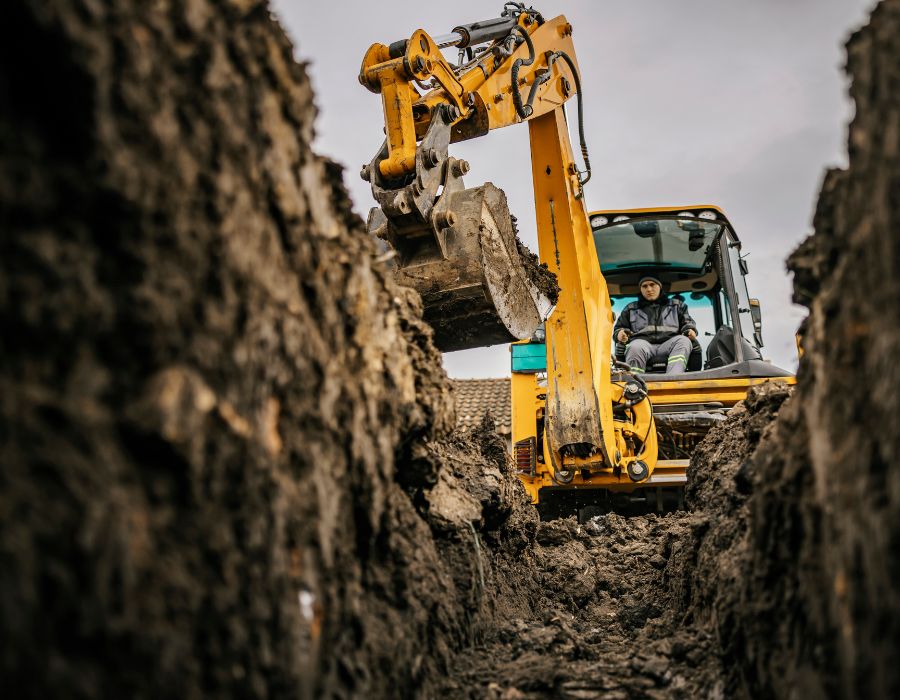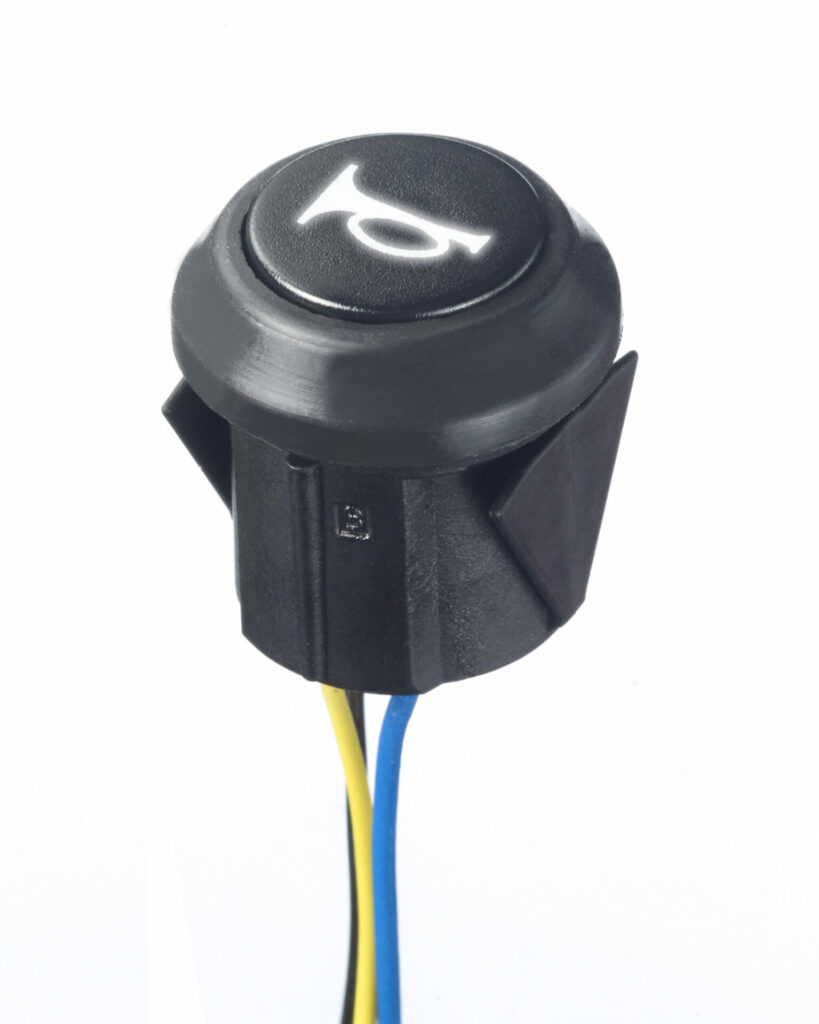The construction industry is one of the most dangerous workplaces in the world, making a safe switching with NAMUR contacts an essential focus.. The combination of heavy machinery and large structures creates an environment in which functional safety is of critical importance.

The operation of heavy machinery requires controls that enhance safety. Designers will always try to ensure the safety of the operator using reliable components. However, if equipment fails, it is vital that it fails in a safe condition.
Most switches rely on a physical mechanism to function. However robust and reliable a switch may be, shock and vibration can create loose electrical connections, and worn wires can create short circuits. Until a mechanical switch is closed, it is impossible to know if a dangerous fault has occurred.
To solve this problem, APEM has created the IV series that uses the technology employed by NAMUR sensors. Designed for use in hazardous atmospheres, these sensors work by changing their electrical characteristics depending on the proximity of their target. To create a switch for safety critical applications, the APEM switch uses the same electrical circuit with resistors that are wired in parallel and in series.
The key feature of this technique is that the electrical circuit is always completed. A short circuit would bypass the switch and its associated resistor, changing the input. The switch communicates with a control unit which will detect this change and determine that the switch is not functioning correctly.
In this way, the control unit can detect dangerous failures such as short-circuits and disconnections, and determine whether the switch is functioning correctly. Construction equipment can be highly dangerous if not operated properly.
It is vital to ensure that if a machine fails, it does so in a safe mode. Switches which use NAMUR architecture provide constant feedback on the safe operation of their circuit.





